Produced water treatment involves a number of highly demanding processes. The process equipment must reliably handle a wide range of fluid types (of varying compositions) often containing sand, black powder and other abrasive solids. Reliability is everything. No Operator wants their production off-line due to unplanned maintenance issues.
The problem is that ‘traditional’ pumps and compressors have rotating or moving parts, which are in direct contact with the process streams. Because of this, equipment fails due to excess wear through abrasion or corrosion. Ejectors, with no moving parts, avoid many of these common ‘root-cause’ issues – offering unrivalled reliability.
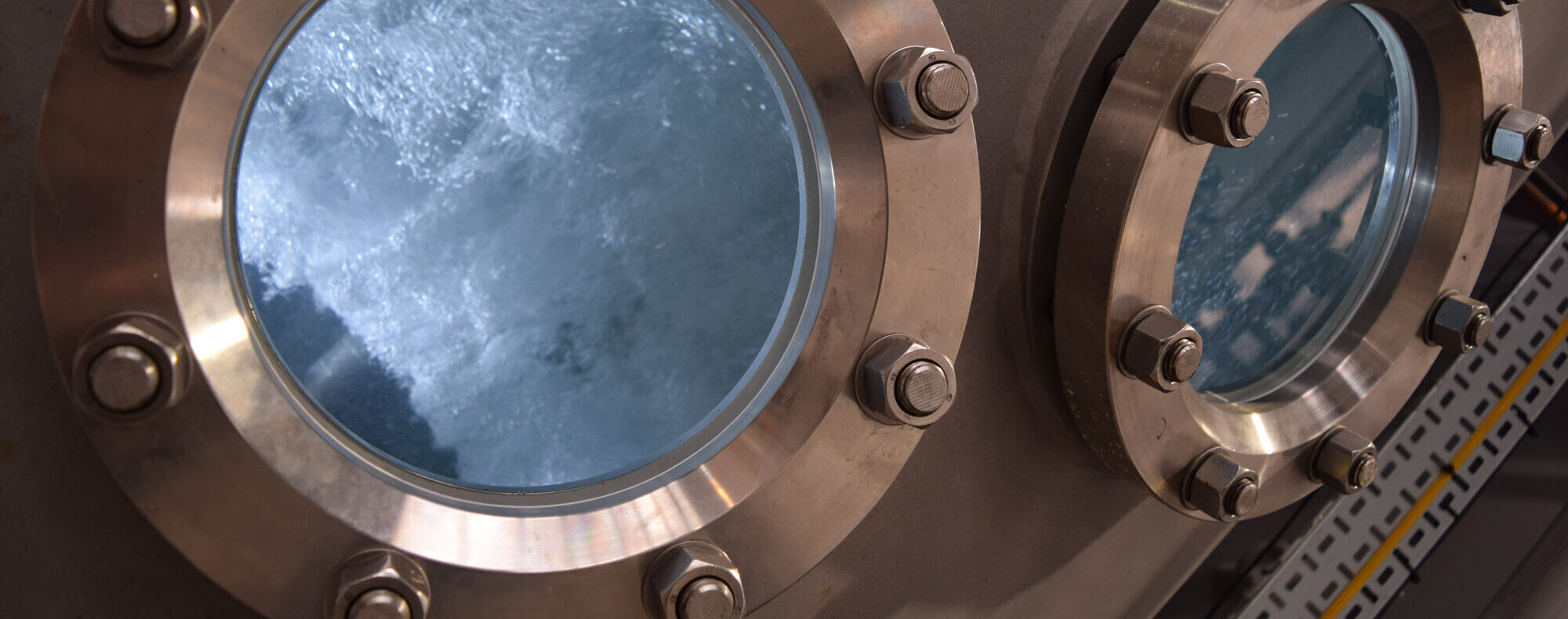
In sand management applications, special consideration needs to be given to material choice. All of Transvac’s sand handling Ejectors are supplied with special-grade ceramic internal parts (nozzle and diffuser section) to resist abrasion.
As a result, Transvac has never been required to supply replacement parts due to wear from sand or solids. You can learn more about Materials of construction here.
The Ejectors are designed and manufactured in accordance with the client’s piping standards with typical materials including Super Duplex, Duplex & Carbon steel.
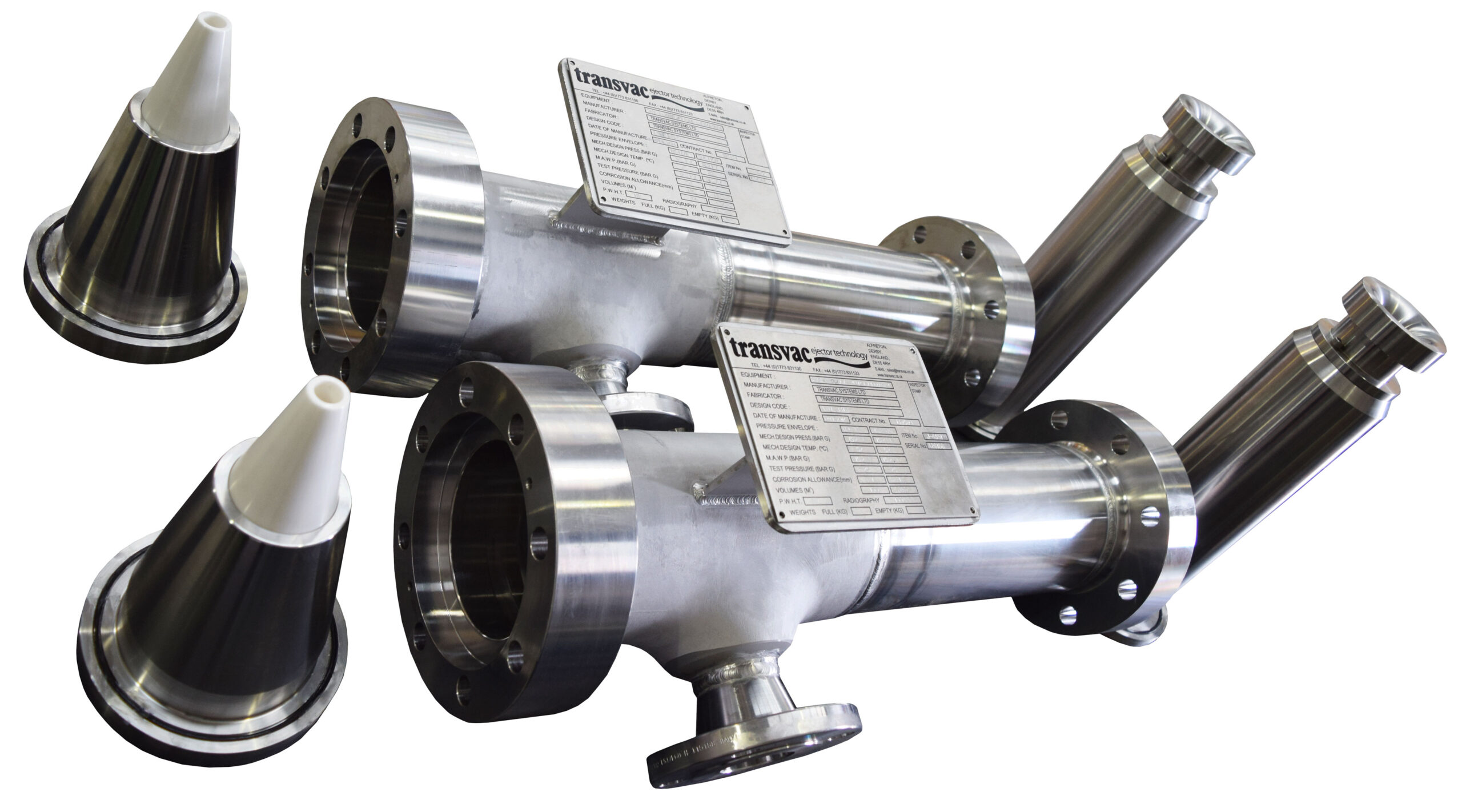
Transvac Sand Slurry Ejectors are an ideal method of transporting sand slurries from Separators or Cyclones as part of a de-sanding / sand washing system. Accumulated sand is normally fluidised to ensure it will flow, prior to entering the suction port of the Ejector.
The benefit of this approach is that the sand slurry is evacuated and pumped away without contacting any moving parts. The motive fluid can be Produced Water or pressurised water sources. Any upstream pumps are handling relatively ‘clean’ water, without issue, allowing the Ejector to carry out the more arduous duty.
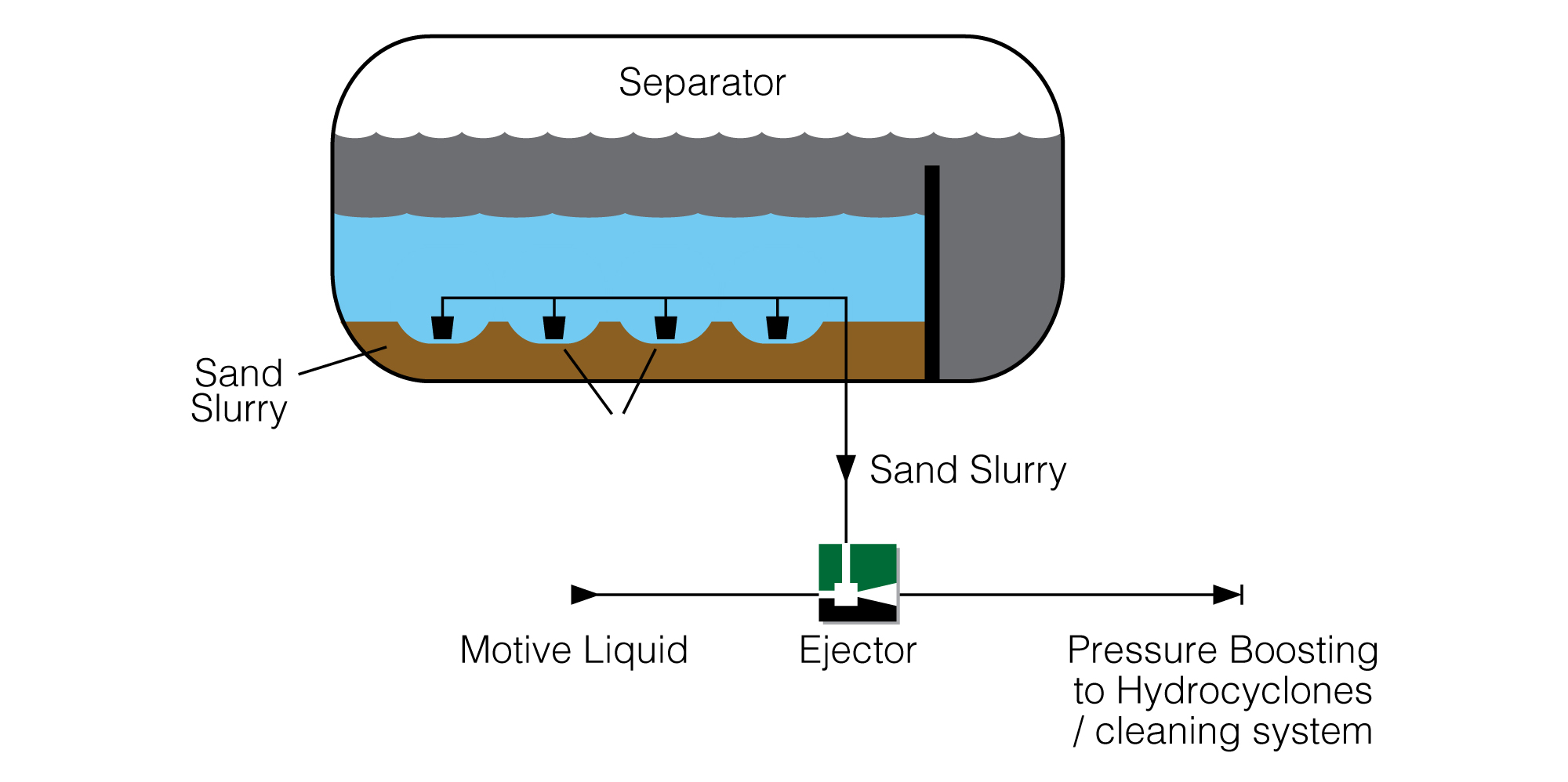
Ejectors provide high-shear pumping, which can be used effectively in the sand cleaning process. Any oil which remains attached to the sand is successfully separated from it as it passes through the high-velocity section of the ejector. This is then pumped into the separator / cleaning vessel for continued processing.
The compact size, reliability and robust materials of construction means Ejectors are ideally suited to this application.
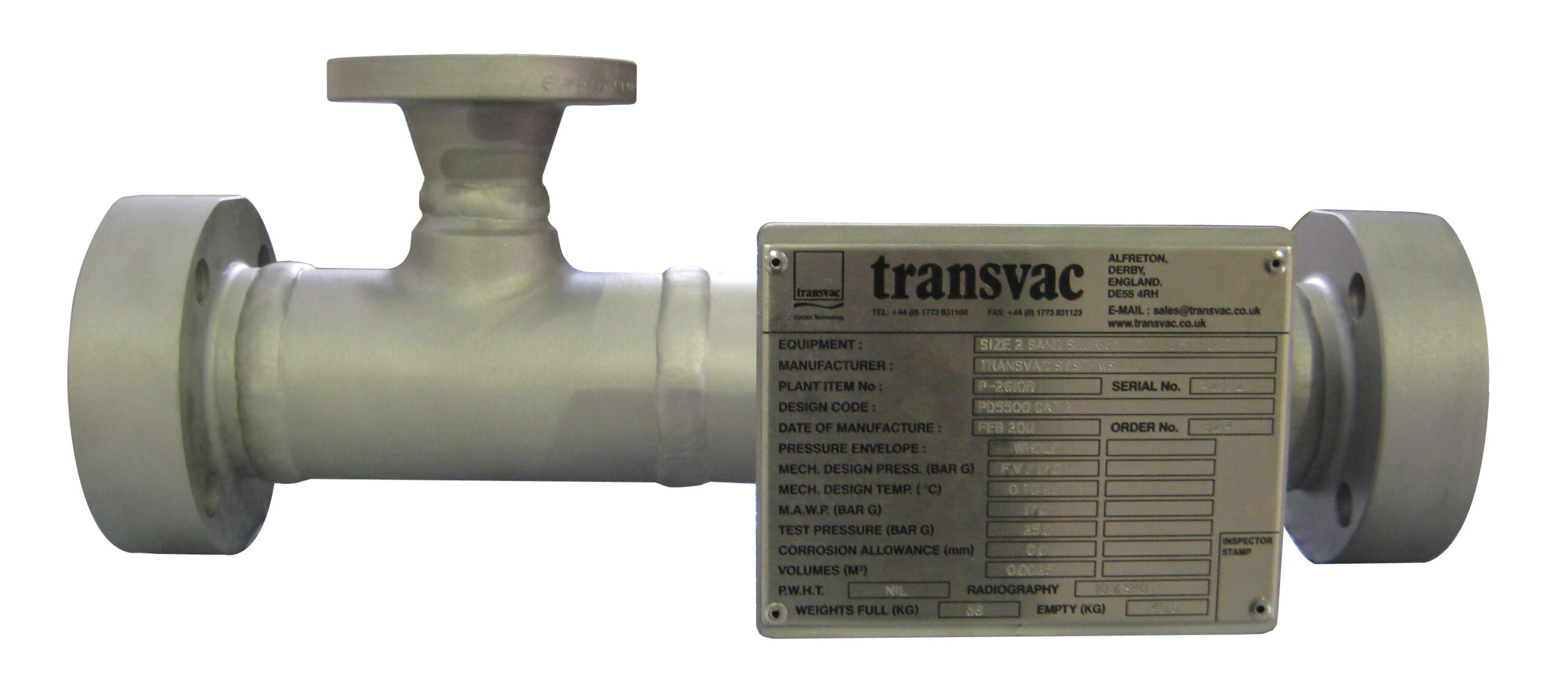
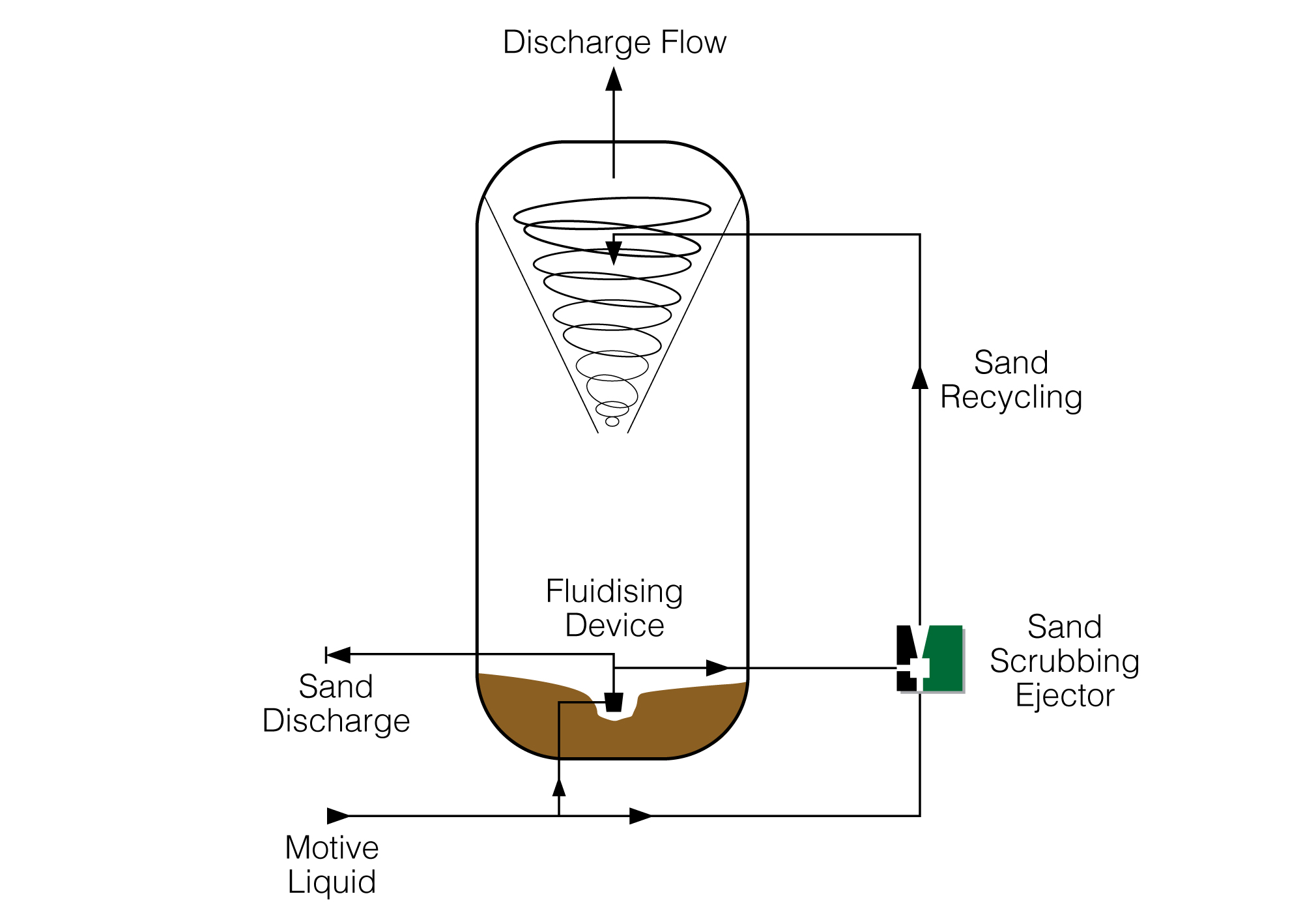
Transvac supplied a number of Sand Slurry Ejectors for a Sand Cleaning Package for an Offshore Platform in the UK North Sea. The Client chose Transvac’s unique Ejector test facility to perform a complete FAT for the module, including the operation of the Ejectors.
Ejectors can be used to perform a number of duties in the oil flotation process. This is typically a late-stage water treatment process to remove any remaining oil or particles from water. Oil or particles naturally ‘stick’ to bubbles, which then rise to the top of the flotation unit (vessel) to be skimmed.
Transvac has developed a special ‘micro-bubble generating’ ejector device capable of producing optimised, ultra-fine bubbles. With a huge surface area created, a more efficient flotation process is observed. Where excess gas needs to be recovered from the flotation vessel, a second ejector is available to compress and recover this gas.
Our Research & Development Team have carried out an in-depth development project to advance our micro-bubble Ejector designs. This involved the used of CFD followed by real world testing in our Ejector Test Facility. The facility includes a dedicated CFU (Compact Flotation Unit), with laser-probe measurement to assess bubble size and distribution.
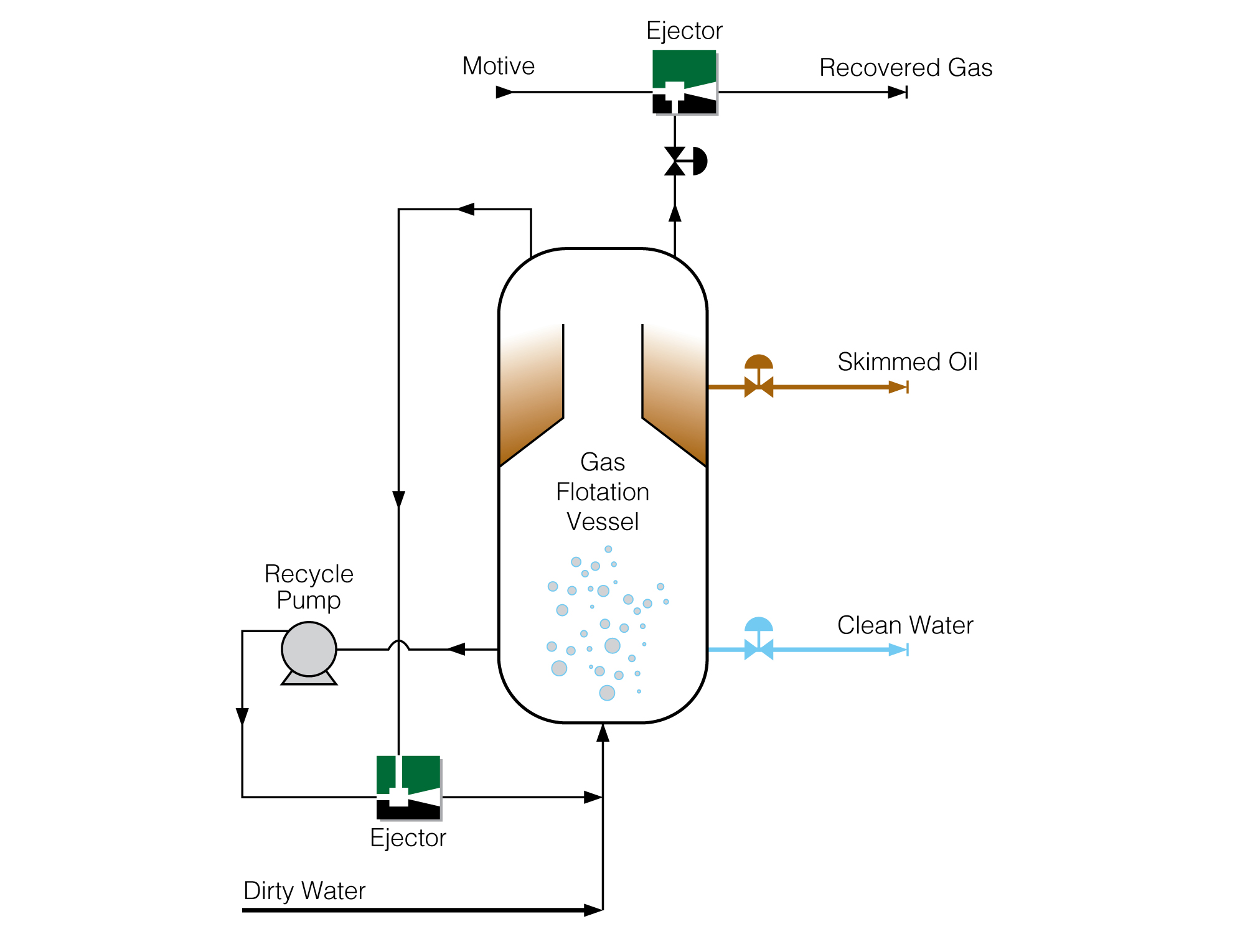
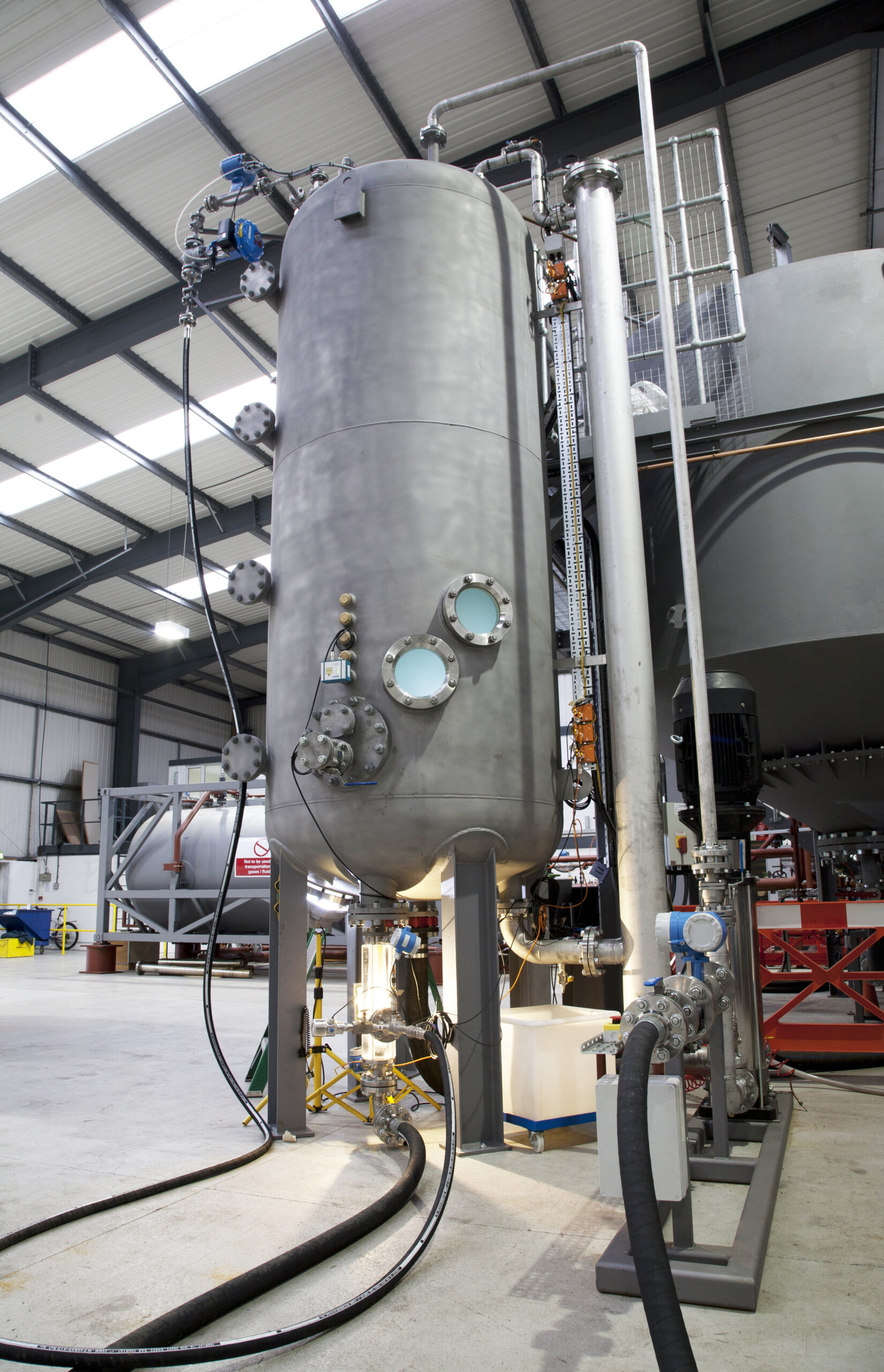
Transvac’s dedicated CFU / Microbubble Test Rig
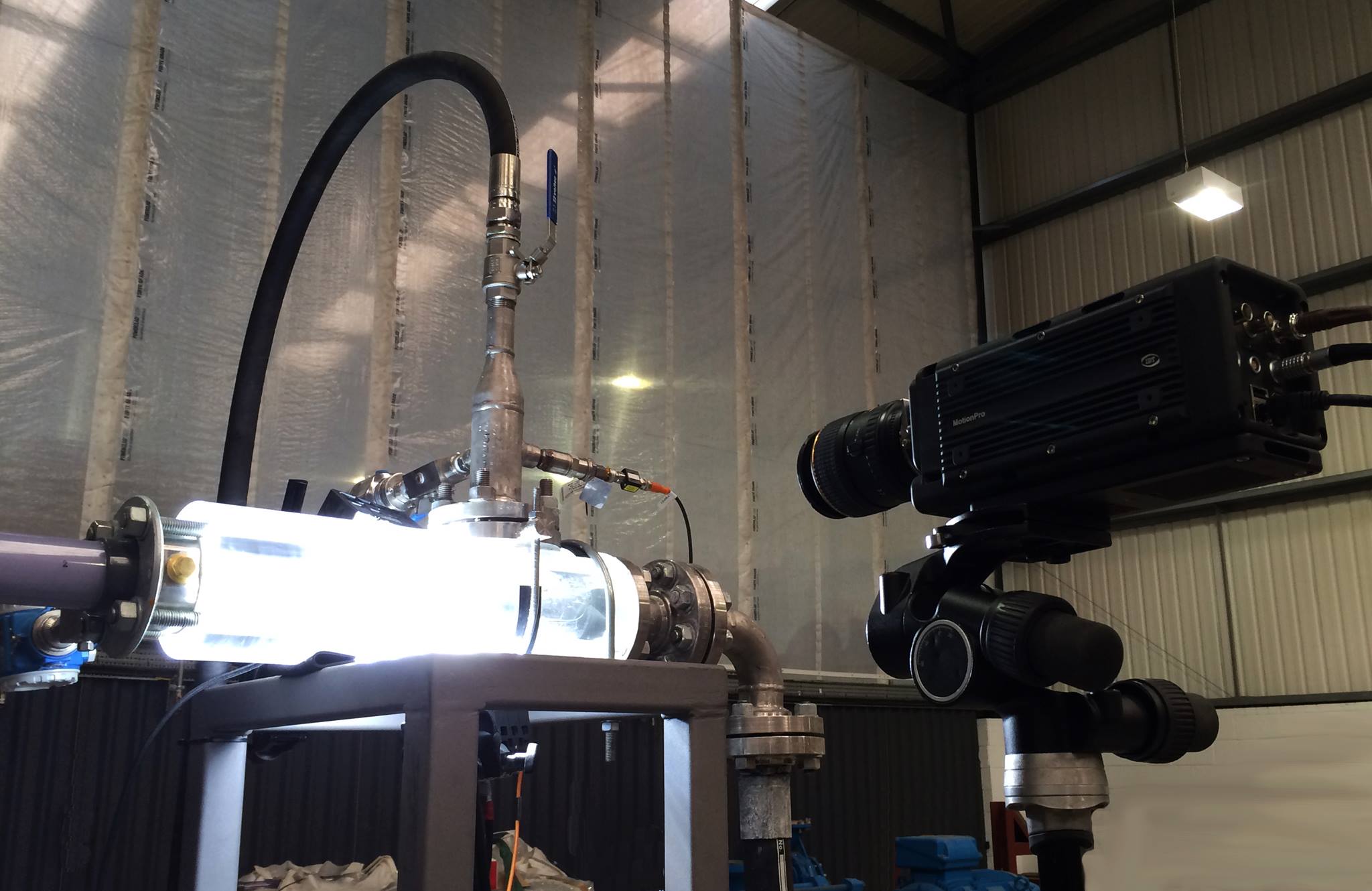
High-speed cameras, along-side accurate laser probe measuring equipment, are used to analyse bubble generation within the Ejector.
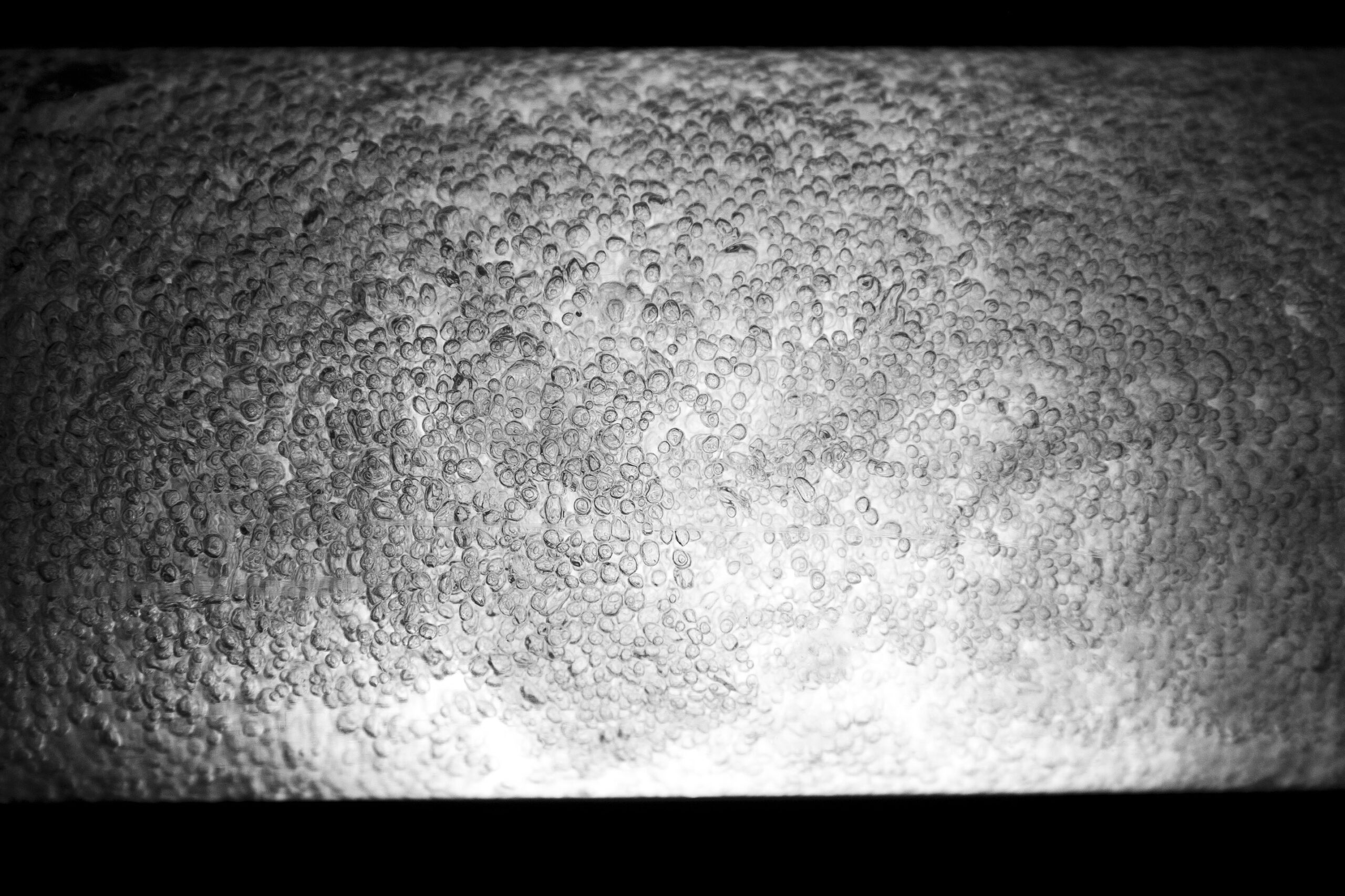
A view taken from the high-speed camera.